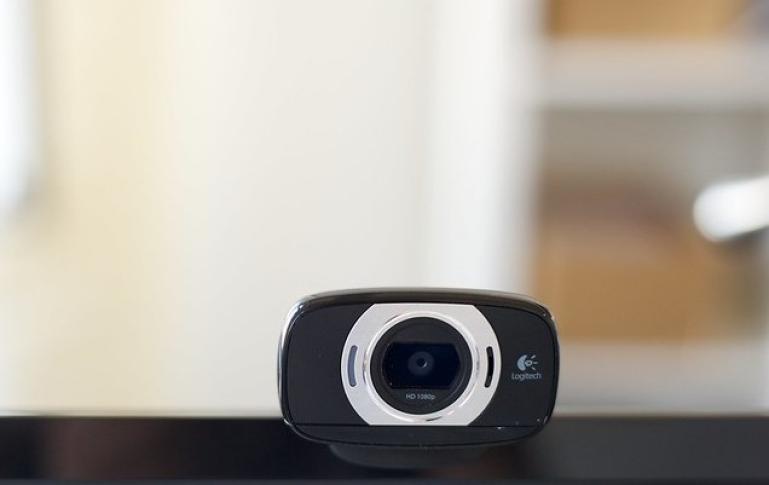
As of 23 April 2020, Kenya had 320 confirmed cases of COVID-19 virus, the highest within the East African Community, with around 848 cases. The government has taken steps to contain the spread of the pandemic, including, among others, implementing a nation-wide curfew, mandatory quarantine, contacts tracing and recommending hand washing and sanitising, mask wearing and social distancing measures.
Following the announcement of the pandemic, the Judiciary and the National Council on the Administration of Justice (NCAJ) took measures to scale down the operations of courts across the country, and made recommendations to safeguard the health of court users and court officials. However, these drastic measures have resulted in calls to balance the need to ensure access to justice, service delivery and the health and safety measures. Consequently, the NCAJ has seen it fit to find ways to upscale court operations and quickly pivot them by fast-tracking the use of technology to ensure continued access to justice.
In the past month, the NCAJ and various courts across the country have demonstrated their versatility, resilience, innovation and ability to leverage on video conferencing applications to hold meetings and deliver judgements and rulings respectively. These efforts to adapt are indeed commendable and KICTANet applauds the effort. KICTANet further welcomes the recent announcement by the Chief Justice that Microsoft has donated its Microsoft Teams video conferencing application for use by the Judiciary in the coming weeks.
The rapid adoption of video conferencing technologies is not without its fair share of challenges. Courts still need to address the legal issues surrounding technology usage, capacity of court users to understand and use of the technologies, the application features and the new procedures required. Further, the financial resources to ensure the availability of functional equipment, reliable internet connectivity and technical support will be key. A critical challenge, in our view, is the lack of clear guidelines on etiquette and procedures when conducting court sessions through video conferencing. It is worth noting that while virtual court sessions are similar to open court proceedings, it is not enough to translate open court procedures to virtual sessions.
In light of this, KICTANet submitted this memorandum to the Chief Justice of the Republic of Kenya with a series of recommendations on legal aspects, technical aspects, responsibility for video conferencing, arrangements before commencement of proceedings, and conduct of proceedings and audience management, among other aspects.